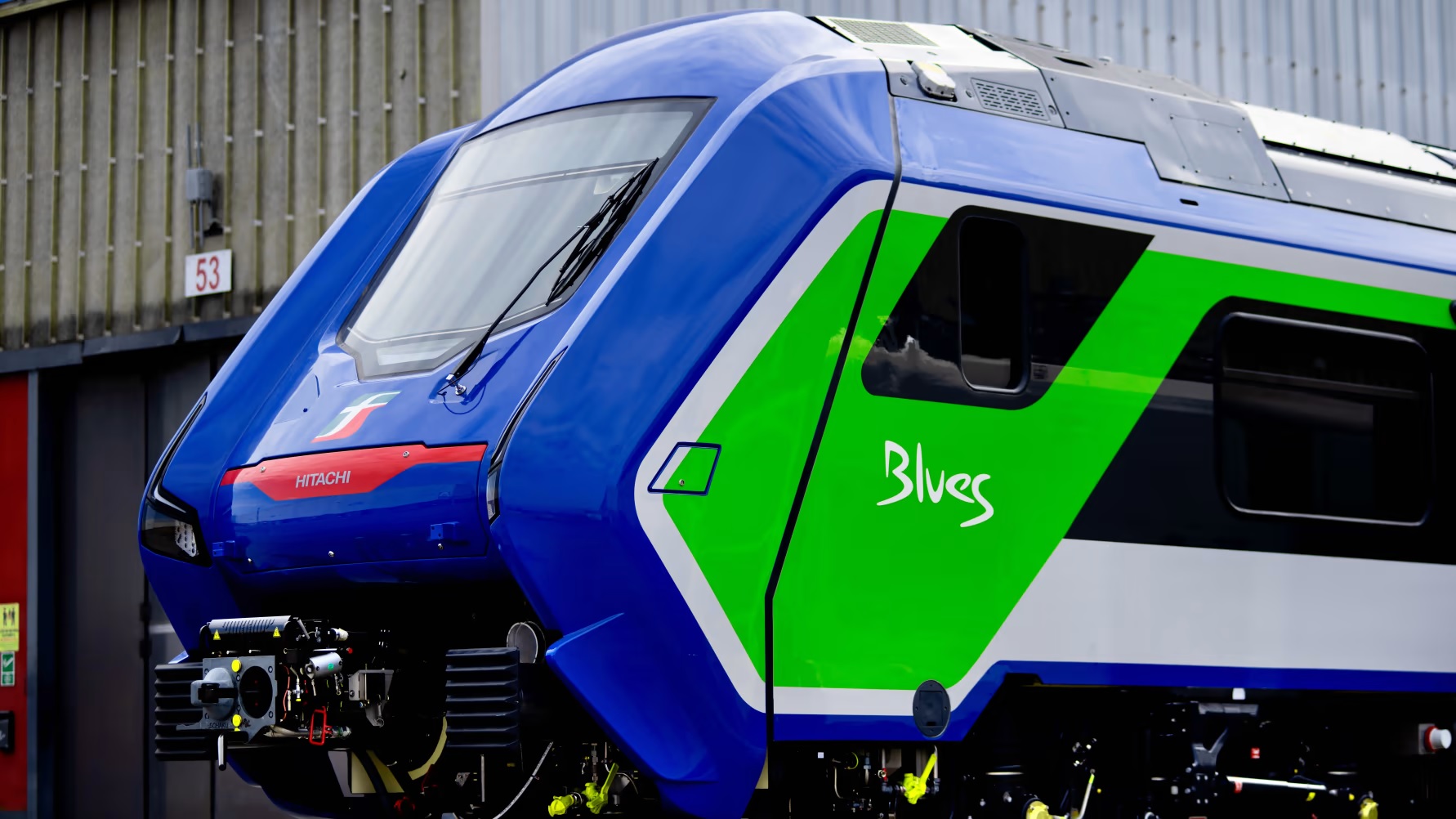At least according to Putin.
Russia is ahead of its rivals in the development of nuclear space technologies for several years, Russian President Vladimir Putin said at an online meeting on space development . “In recent years, we have made noticeable progress in developing unique technologies for nuclear space power plants. Experts estimate that Russia is ahead of all its competitors in this field, six to seven years ahead of the world. This is a very good reserve and this advantage should be exploited, breakthrough scientific research in space must be supported and the practical implementation of advanced technological solutions must be accelerated, “Putin said. According to a background report by the Interfax news agency, the development of a megawatt-class nuclear power plant unit in Russia began in 2010, which is planned to be used on an orbital tug designed for lunar and deep space research. The development is carried out by the Keldis Center. The facility was originally planned to be built in 2015 and the first flight of the tug by 2018, but the deadline has been extended several times. Dmitry Rogozin, CEO of Roscosmos, announced in December 2020 that the Russian orbital nuclear power plant will be called Zeus (Zeus) and that Russian spacecraft and space stations could be equipped with such equipment. In May this year, Alexander Blosenko, Executive Director of Development Programs and Science at Roscosmos, said the first start-up with the help of the orbital nuclear power plant is expected by 2030. “In space without nuclear energy, full study and exploration of deep space is impossible. This is the key to large-scale scientific missions to Venus, Mars, Jupiter and the deep space planets. It could also potentially be a source of energy for advanced orbital systems and complexes.” said Rogozin. In December last year, Blosenko announced that Roscosmos was working on a project for a reusable, nuclear-powered spacecraft called Nuclon. It is envisaged that the device will be able to fly with a payload from the Moon to Venus and then to Jupiter in a single mission, and the first launch of the probe will become a full-fledged scientific mission. Rosmosmos has contracted with the Avangard design office to develop a preliminary design for the Nuclon complex with a nuclear power plant unit. The works, for which 4.17 billion rubles (almost HUF 18 billion at the current exchange rate) will be spent, must be completed by 15 November 2022. According to the procurement portal, the space complex under development could be used to search for minerals on the moon and other planets. Interfax recalled that nuclear energy had already been used in outer space: in the Soviet Union, between 1970 and 1988, 32 spacecraft were launched with thermoelectric nuclear power units. Between 1960 and 1980, a nuclear rocket engine was developed and tested on the Semipalatynsky test track. Putin, by the way, called the use of the International Space Station after 2024 possible at Wednesday’s meeting, in addition to the fact that Russian experts are already working on ideas for the creation of their own service orbital station. The President named it the task of maintaining the reliability of rocket launches. As he said, Russia launched 17 launchers last year and 15 this year, making it a leader in the field. He also stressed the importance of developing next-generation launchers, MTI wrote. Hardware, software, tests, curiosities and colorful news from the IT world by clicking here
Note: This article have been indexed to our site. We do not claim legitimacy, ownership or copyright of any of the content above. To see the article at original source Click Here












